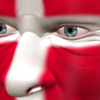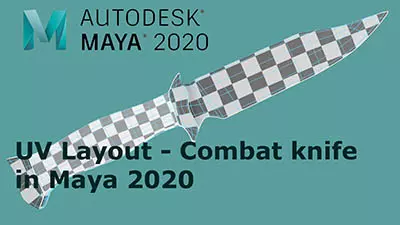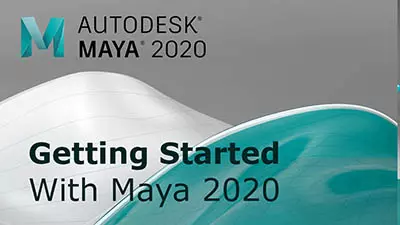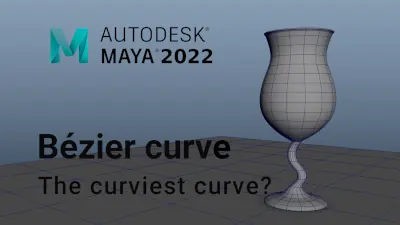Substance Painter
In this start to finish texturing project within Substance Painter we cover all the techniques you need to texture the robot character.
#
1
02-07-2004
, 03:04 PM
Registered User
Join Date: Jul 2003
Join Date: Jul 2003
Location: In the Caribbean
Posts: 193
Basic Texture Question...
I Did a simple ship but now i want to texture it, I've seen people that put different colors to the sides they are going to texture and then adding a checker texture to it to see if the shape is deformed.
Question:
Is there always 2 steps to texture?
1 - color you models sides for texture
and
2 - Apply checkers
After I colored the different parts, do I layout each colored part separately or all at once? I want make a uv snapshot and create the texture in Photoshop.... then hopefully do a planar mapping.
As always Thanks in advance....
If you can Imagine, Draw it, if you Draw it, Animate it, then it becomes a Masterpiece.....
#
2
02-07-2004
, 03:06 PM
Registered User
Join Date: Jul 2003
Join Date: Jul 2003
Location: In the Caribbean
Posts: 193
here it is....
If you can Imagine, Draw it, if you Draw it, Animate it, then it becomes a Masterpiece.....
#
3
03-07-2004
, 01:51 PM
So basicly you dont HAVE to apply the checker texture, since its only a visual help for yourself.
Now, for coloring each part of the model, is also a help for you to figure out what parts of the model needs what kind of projection mapping.
I always color my models so that it will fit as good as possible to a planer map. When all the parts are planar mapped, I go to the UV editor and clean up the UVs, so theres no overlapping UVs.
When all the UVs are non-overlapping, I start to sew teh pieces together, as good as possible trying to avoid too much stretching of the UVs.
In some cases I use cylindrcal projection maps, but only rarely, since its easier to use planars when it comes to the cleanup of the UVs.
Then when you have the model UV mapped in one or as few pieces as possible, then you apply 1 single shader to it all and export the UV map as an image start painting your textures in Photoshop or in a 3D paint software - or even both

You will probarbly have to paint lots of different textures for the same model, like color map, specular, reflection, translucency, glow etc. You name it.
In Maya you then import those files, and connect them in a Shader network of your preference.
As always, you do a shitload of test renderings.
So That is basicly what is done when texturing.
I hope this helps you.
Good luck,
Carsten Lind
Senior 3D Artist,
Maya Software Manager & Maya Instructor
LEGO Systems A/S
#
4
06-07-2004
, 02:35 PM
Registered User
Join Date: Jul 2003
Join Date: Jul 2003
Location: In the Caribbean
Posts: 193
Thanks for taking time to reply.....
If you can Imagine, Draw it, if you Draw it, Animate it, then it becomes a Masterpiece.....
Posting Rules Forum Rules
Similar Threads
basic Extrude question
by Avram0 in forum Maya Basics & Newbie Lounge replies 4 on 30-01-2015
Very Basic Connection Editor Question
by Falott in forum Maya Basics & Newbie Lounge replies 4 on 06-02-2011
TEXTURE Question
by mr pix. in forum Maya Basics & Newbie Lounge replies 5 on 09-09-2007
Nooby texture question
by OMg.h4x. in forum Maya Basics & Newbie Lounge replies 12 on 14-08-2007
another layered texture question
by rachelramjet in forum Maya Basics & Newbie Lounge replies 6 on 22-08-2005
Topics
Free Courses
Full Courses
VFX News
How computer animation was used 30 years ago to make a Roger Rabbit short
On 2022-07-18 14:30:13
Sneak peek at Houdini 19.5
On 2022-07-18 14:17:59
VFX Breakdown The Man Who Fell To Earth
On 2022-07-15 13:14:36
Resident Evil - Teaser Trailer
On 2022-05-13 13:52:25
New cloud modeling nodes for Bifrost
On 2022-05-02 20:24:13
MPC Showreel 2022
On 2022-04-13 16:02:13








